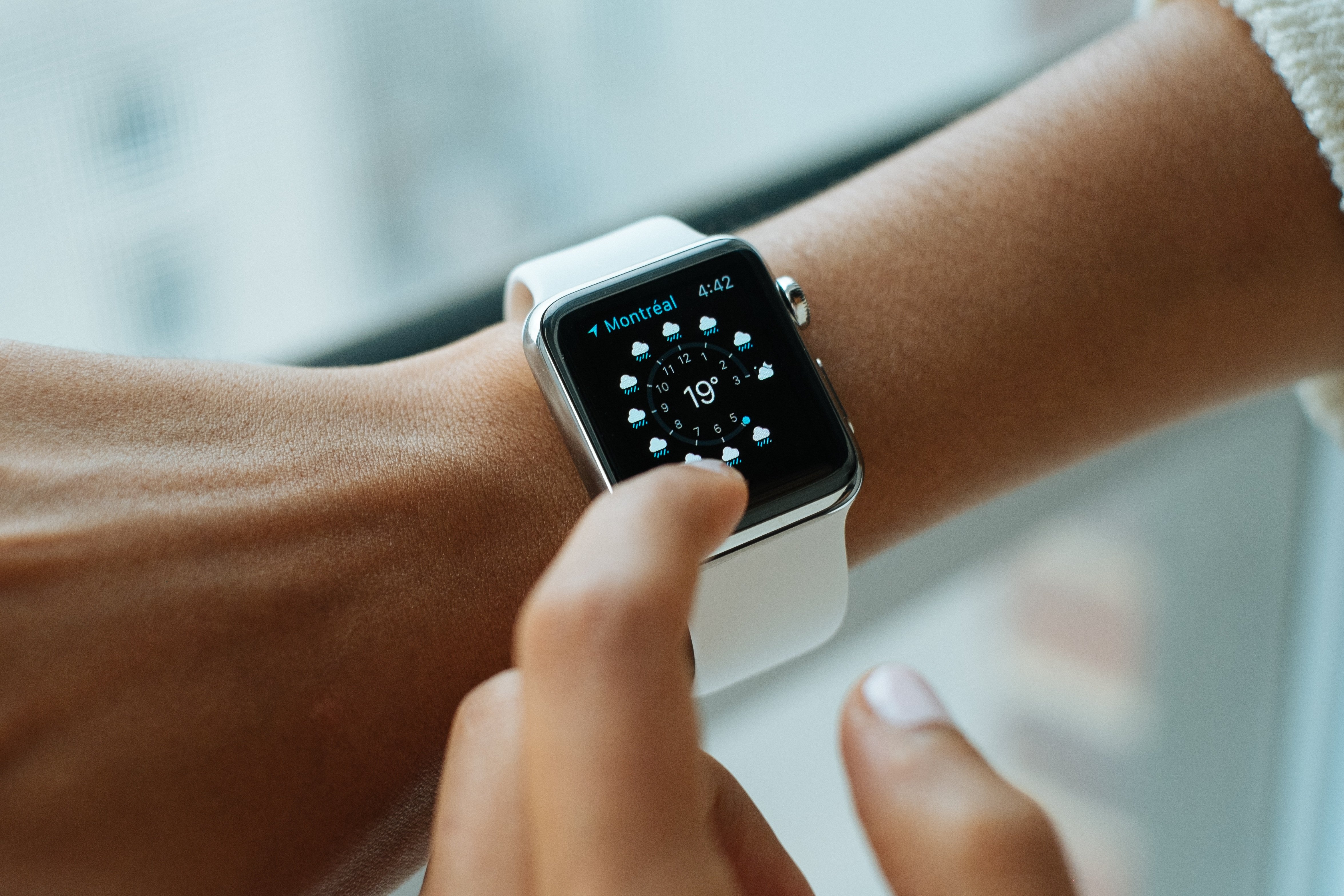Share this
The Rise of Wearables: How Adopted Tech Is Revolutionizing Healthcare
by Nils Widal on Sep 10, 2023 5:53:49 PM

The digital age has ushered in a plethora of technological advancements, significantly affecting various sectors, including healthcare. The fusion of consumer electronics and medical devices has given birth to "wearables," which are at the forefront of a healthcare revolution. At Medlify, we've chosen to spotlight three particular wearables that exemplify this well-adopted technology: the Oura Ring 3, the Apple Watch, and the Abbott Freestyle Libre 3 CGM.
Why We Chose These Three
We picked these three wearables because they exemplify how technology has evolved from simple fitness trackers to versatile healthcare devices. They offer a blend of consumer convenience and medical functionality, promising not just better health metrics but also a more profound understanding and effective management of your health.
The Metrics We're Watching
One of the most fascinating aspects of these devices is the range of health metrics they can monitor. Here are the key segments we're measuring:
- Glucose: Critical for diabetes management and understanding metabolic health.
- Heart Rate (HR) & Heart Rate Variability (HRV): Essential metrics for cardiovascular health and stress management.
- Body Temperature: An indicator of various body conditions, from fever to metabolic rate.
- Blood Oxygen: A critical factor in respiratory health.
- Respiration Rate: Important for assessing lung function and general well-being.
- Sleep: Comprehensive sleep metrics for assessing sleep quality, duration, and phases.
- Exercises: Metrics such as calories burned, distance traveled, and steps taken to help with physical fitness goals.
1. Oura Ring 3: Beyond Fitness
The Oura Ring has transitioned from being a simple fitness tracker to an integrated health device. One of its most compelling features is its integration with Continuous Glucose Monitors (CGMs). The ring's ability to pair with a CGM enables users to understand how their diet impacts their overall well-being in real-time. This is a quantum leap in personalized healthcare that is both accessible and insightful.
2. Apple Watch: More than Just a Smartwatch
The Apple Watch has already made a significant impact on users' heart health, thanks to its FDA-cleared built-in ECG and irregular rhythm notifications. These features can identify and alert users to potential signs of atrial fibrillation (AFib). The upcoming watchOS 9 software release will introduce an AFib History feature, which estimates the frequency of an irregular heartbeat in users diagnosed with AFib. This FDA-cleared update promises to provide even deeper insights into cardiac performance, revolutionizing the way both wearers and healthcare providers understand and manage heart health.
3. Abbott Freestyle Libre 3 CGM: Transforming Diabetes Care
Diabetes management has been notoriously painful and cumbersome—until now. The Abbott Freestyle Libre 3 CGM replaces the need for frequent finger-prick tests. Users wear a patch on the arm that continuously monitors blood sugar levels and sends this vital information to their smartphones, streamlining the often tedious process of glucose monitoring.
A Word of Caution
As awe-inspiring as these advancements may be, it's essential to approach them with a balanced perspective. The influx of real-time data can sometimes be overwhelming, leading to stress rather than well-being.
The Future Is Wearable
Wearables like the Oura Ring, Apple Watch, and Abbott Freestyle Libre are not just accessories; they are health companions. They demonstrate that healthcare can be convenient, non-intrusive, and data-driven, fulfilling the promise of technology to enhance our lives in meaningful ways. As we move forward, the line between medical devices and consumer gadgets will continue to blur, opening new possibilities for personalized, convenient, and effective healthcare.
By embracing these innovations, we can look forward to a future where managing our health is not just necessary but engaging and rewarding.
